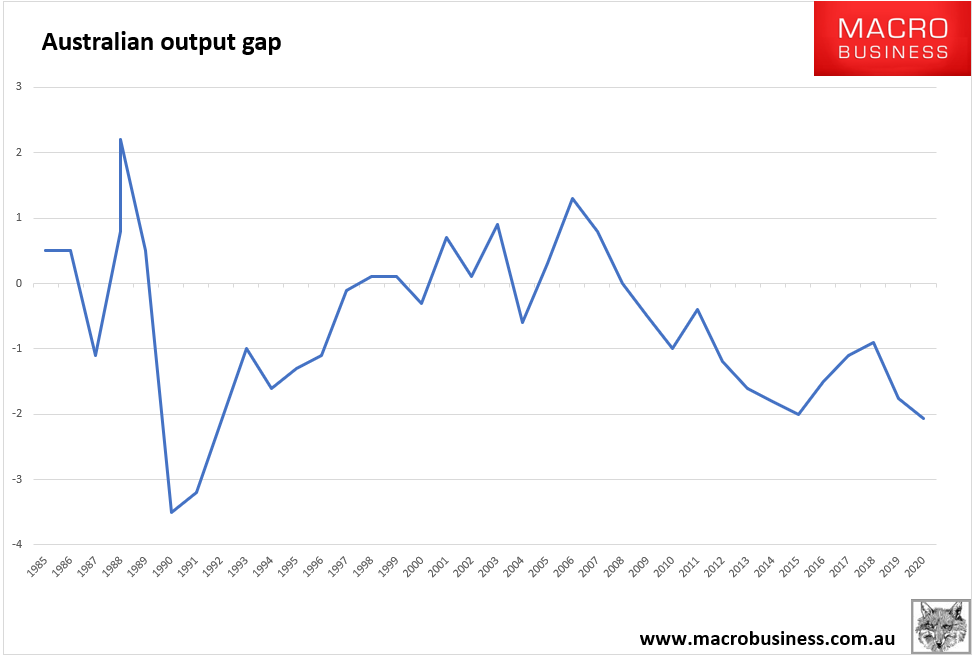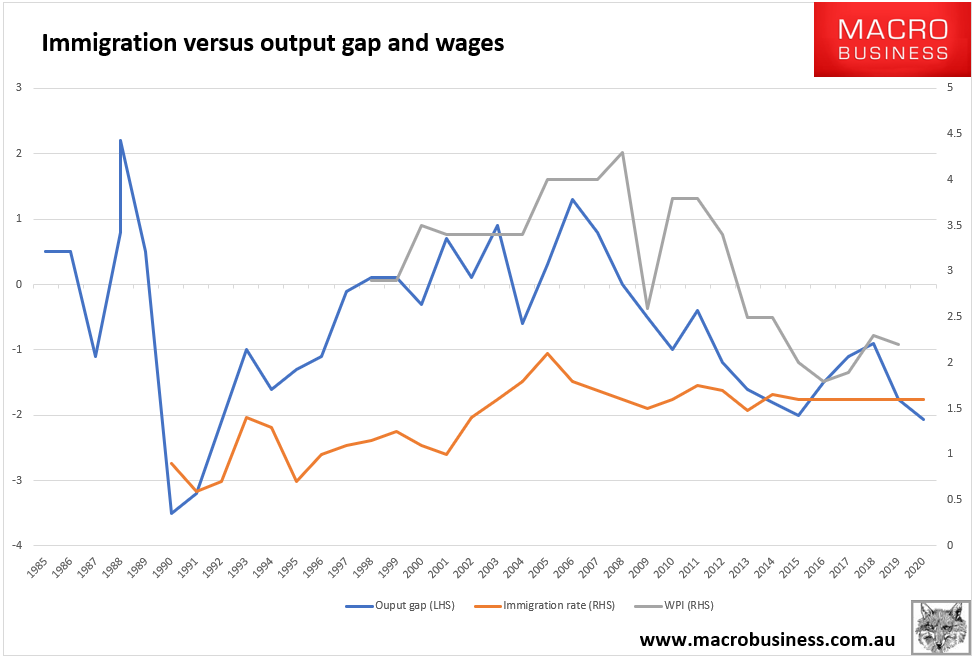Via the AFR:
Westpac chief economist Bill Evans has warned the Morrison government to resist any temptation to cut immigration in response to a spike in the jobless rate.
…Mr Evans said Australia had responded to high unemployment in the early 1990s by slashing immigration and there was a danger in pursuing a similar strategy in the wake of the COVID-19 crisis.
…“We get productivity growth with better targeted taxes and less regulation and we get strong population growth with immigration,” he said.
Alas, Bill, we must disagree. This is one of the few times you have talked Westpac’s book. Immigration boosts house prices but does precious little else.
Yes, immigration gives you some growth. But it is neither smart nor fair growth. And it actually destroys the productivity you will get from your tax reforms as it crush-loads the life out of cities.
This is very straightforward. If you’re always trying to catch up to your own infrastructure deficit then you’re only ever oscillating between -1 and 0 for its contribution to productivity.
This leads to the second problem. Without productivity growth, income growth stalls and, what there is of it, automatically shifts to capital because immigration creates its own excess labour supply with an output gap that never shrinks.
This is NOT an economic theory. It is a FACT, based upon the empirical study conducted by Australia over the past fifteen years.
Even before COVID-19, the OCED was forecasting a yawning Australian output gap into 2021 as immigration outpaced productive capacity. It has trended that way ever since the GFC as we ran immigration too fast (with a brief hiatus during the 2015/17 housing boomlet):

Wages trended down accordingly. Indeed, when we overlay the output gap with wages and the immigration rate they match up perfectly:

The conclusion is obvious. If you run mass immigration into a slack economy then the result is certain: an ever-yawning output gap and crushed wages.
If, however, you cut immigration, as we did after the 1990 recession to below 1% for a few years, then the output gap closes and wages can recover. The growth that would have resulted from immigration is not lost, it simply shifts to other macro mechanisms. The Australian dollar will be lower and tradeables output higher.
We need to add the likelihood that in the period ahead, as China slows, the Australian terms of trade will keep falling so income will be scarce as it is.
We do not want a recovery that shifts this diminishing income entirely to capital. It will gut the Aussie middle classes US-style and lead directly to demand deficit and secular stagnation.
We need a productivity-based recovery that shares the gains. Not a population-based one that destroys what remains of Australiana.

